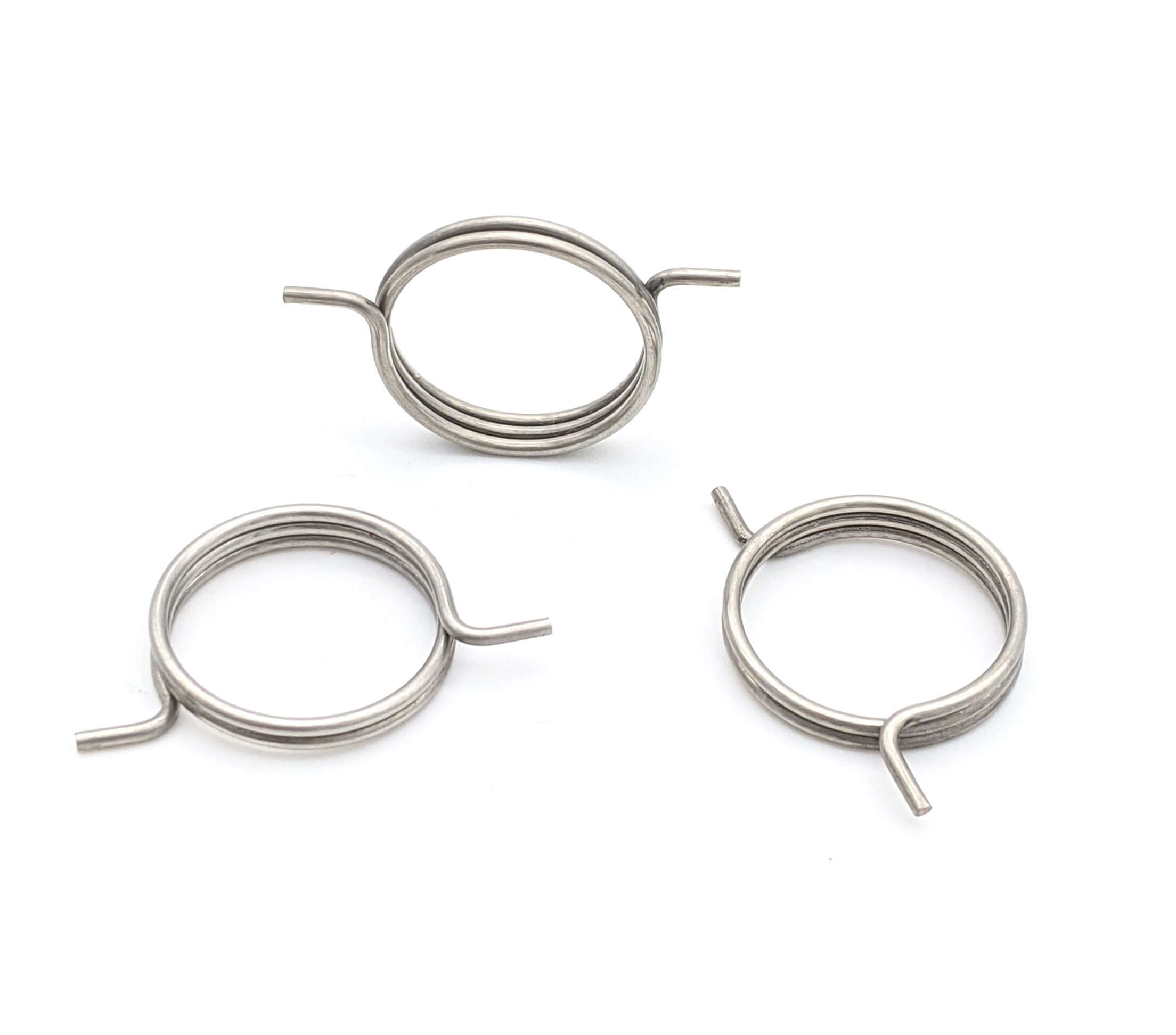Get unique, complex parts easily. No matter your requirements, Chaoyi Spring creates hard-to-produce coil springs and wire forms.
Let us help you create the custom wire form you need, from S-hooks and J-hooks to utility hooks and more.
We work closely with customers across a wide range of industries, helping them design and manufacture made-to-order parts.
Why choose Chaoyi Spring? We prioritize customer-focused collaboration, modern equipment and the latest technology to make your parts per print.
Find the information and guidance you need, from measuring a spring to learning about materials, placing an order and much more.
Choosing the right tension spring for your application can be a daunting task. There are many different types of tension springs available, each with its own unique characteristics. A tension


Choosing the right tension spring for your application can be a daunting task. There are many different types of tension springs available, each with its own unique characteristics. A tension spring chart can be a valuable tool to help you navigate this complex landscape and find the ideal spring for your needs. This comprehensive guide will delve into the world of tension springs, exploring their characteristics, applications, and how a tension spring chart can be your ultimate companion in selecting the perfect spring.

Tension springs, also known as extension springs, are designed to elongate when a force is applied. Unlike compression springs, which shorten under load, tension springs stretch and extend to store energy. They are commonly found in a wide range of applications, from simple mechanisms like garage door springs to complex systems in automotive components and medical devices.
These springs are typically made from coiled wire, and the length of the wire, the diameter of the coil, and the material used all contribute to the spring's characteristics. The tension spring chart can help you understand these characteristics and how they relate to the specific application.
A tension spring chart is a visual representation of the key properties of various tension springs. It's like a roadmap that guides you through the different types of tension springs available. This chart generally includes information such as:
The chart typically organizes this information in a tabular format, making it easy to compare different spring options and select the one that best suits your requirements.
A tension spring chart offers several advantages for engineers and designers:
To effectively use a tension spring chart, you need to consider the following factors:
By considering these factors, you can narrow down your options on the chart and identify the most suitable spring for your needs. Remember that a tension spring chart is only a guide; you may need to contact a spring manufacturer for additional information or customization options.
Tension springs are incredibly versatile and find their place in a wide range of applications, including:
The versatility of tension springs stems from their ability to provide controlled force and movement, making them essential components in numerous products and devices.
Tension spring charts are an invaluable resource for anyone working with springs, providing a convenient and efficient way to select the right spring for your application. By understanding the key characteristics of tension springs and using a tension spring chart as your guide, you can ensure that your product performs optimally and meets all your requirements.
Don't let the complexity of spring selection overwhelm you. With a tension spring chart at your fingertips, you can confidently navigate the world of tension springs and unlock a world of possibilities for your designs. So, go forth and spring into action with the knowledge and tools you need to choose the perfect tension spring for your project!
Ultimately, a tension spring chart is more than just a table of data; it's a key to unlocking optimal performance and design efficiency in various applications. By embracing its value and navigating its insights, you can ensure your projects achieve the desired level of functionality and reliability.
Browse some of the custom wire forms and springs that we manufacture. Don’t see what you need? We specialize in made-to-order products that meet your application requirements.
Visit Our GalleryNeed a custom wire form or coil spring? We make it work. Fill out the contact form and a representative will respond within 1 business day. If you have a PDF or CAD file, you can submit to request a quote.